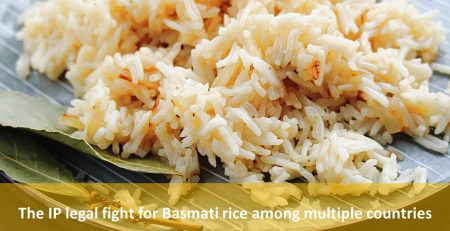Reviewing IP-related mergers in China
The assessment of mergers involving intellectual property rights is not subject to any special restrictions. As a result, competition authorities have the same authority to assess mergers involving intellectual property rights as they do non-intellectual property-related mergers.
An assessment of the competitive impact of a merger including intellectual property rights
The consideration of the competitive impact of a merger including intellectual property rights by the competition authority follows the same basic principles as mergers that do not include intellectual property. Given the particular nature of intellectual property rights, there are certain differences in terms of the precise analysis that is required. A review of the concentration of undertakings affecting intellectual property rights is included in Chapter 4 of the Anti-Monopoly Guidelines on Intellectual Property. A concentration of undertakings is defined as an operator who gains control over other operators or has the ability to exert decisive influence over other operators through transactions involving intellectual property rights.
If the intellectual property arrangement is a significant part of the deal or is important to achieving the transaction’s goal, it is vital to determine whether the transfer or licensing of intellectual property constitutes a concentration of undertakings. The considerations to be examined in this case are whether the intellectual property is an independent company if the intellectual property produced an independent and measurable turnover in the previous fiscal year, and the type and duration of the intellectual property license, among many others.
A merger’s challenge
The main grounds for analyzing mergers involving intellectual property rights transfers or concentrations are typically the same as for other mergers. Article 27 of the Anti-Monopoly Law specifies discretionary elements concerning the concentration of undertakings, which is where the main difference lies. Intellectual property rights, on the other hand, contain unique characteristics such as exclusivity, duration, territoriality, and procedural nature, as shown below.
- Definition of the market sector including IP rights: For some industries and sectors with more intensive intellectual property rights, such as where the filing party owns a high number of major patented inventions, a distinct relevant technological market must be defined.
- Considering the nature of the intellectual property right in question (e.g., whether it is a standard-essential patent), the influence of the patented technology on upstream and downstream products, the company’s consistent patent strategy, the impact of the patent on market entry, and the licensee’s ability to compete with the licensor.
Remedies to address the competitive effects of IP mergers
According to the Anti-Monopoly Law, if a concentration of enterprises has or may have the effect of eliminating or restricting competition, the anti-monopoly enforcement agency may apply restrictive measures to mitigate the concentration’s negative impact on competition. The Anti-Monopoly Guidelines on Intellectual Property Rights encompass structural, behavioral, and comprehensive restrictions on intellectual property rights, which are detailed in articles 22 to 25.
Behavioral conditions refer to the advice on the use, transfer, and licensing of intellectual property rights on a case-by-case basis, whereas structural conditions refer to the divestiture of intellectual property rights or businesses involving intellectual property rights. This includes putting restrictions on the licensing of intellectual property rights (compliance with the fair, reasonable, and nondiscriminatory concept, no tying, etc. ), charging appropriate royalties, and keeping intellectual property-related firms autonomous. Finally, comprehensive conditions refer to the interaction of structural and behavioral factors.
After the merger has been completed, the competent authorities can still impose sanctions under the Anti-Monopoly Law, such as:
- ordering the cessation of the merger;
- the disposal of shares or assets for a limited period of time;
- the transfer of business for a limited period of time; and
- taking other necessary measures to restore to a state prior to the merger, such as confiscating the illegal proceeds and imposing a fine of one to ten percent of the previous year’s sales, among others.
Other business owners may initiate civil lawsuits seeking damages and other relief. Compulsory licensing of intellectual property rights is only possible in specific circumstances set out in national legislation, such as:
- when it is determined by judicial or administrative authorities to be a monopolistic act;
- when a state of emergency or extraordinary circumstances arise in the country; or
- when the patent is not fully implemented or cross-implementation is necessary for public interest and public health purposes.
Compulsory licensing is currently not a policy that can be relied on to eliminate anti-competitive effects.
***Other Articles***
– You could see How To Register Trademark in China here.
– You could visit here to see Procedure of Trademark in China.
– You could visit here to check Required documents of filing trademark in China.
Contact AAA IPRIGHT: Email: [email protected]
Or sending your inquiry by filling the form:











